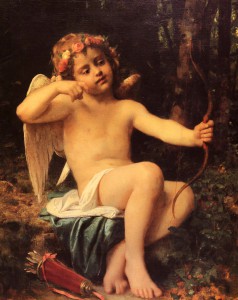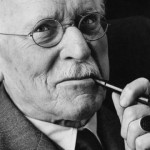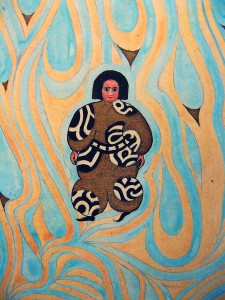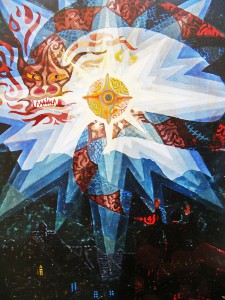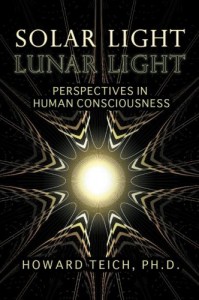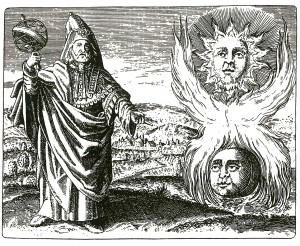 The basic structure of alchemical transformation is simple. It is as follows: The purpose is to create a transcendent, miraculous substance, with his among other symbolized the Philosophers’ Stone. The Elixir of Life, or the universal medicine.
The basic structure of alchemical transformation is simple. It is as follows: The purpose is to create a transcendent, miraculous substance, with his among other symbolized the Philosophers’ Stone. The Elixir of Life, or the universal medicine.
First, find the suitable material, the so-called prima materia. In fact, unless the prima materia was found was returned to it is undifferentiated state transformation could not happen. Then the prima materia is subject to a series of operations that will turn it into the Philosophers’ Stone …. psychologically the image corresponds to the creation of the ego out of the undifferentiated unconscious by the process of discriminating functions: thinking, emotions, sensation and intuition.
Working on images in our work is working on the psyche and is the work of creating the Self (our unique identity.) Thus the work is to take the fixed, settled aspects of the personality that are rigid and static are reduced or led back to their original, undifferentiated conditions as a part of the process of psychic transformation. Rigid and developed aspects of the personality allow no change. They are solid, established, and sure of their rightness. Only the indefinite, fresh and conditional, the vulnerable and insecure, original conditions is open to development and hence is alive. Thus, the primia materia is found in the shadow of our ego addictions and what we do not want to know about ourselves.
These painful and humiliating aspect are what we unconsciously and sometimes bring forward to work on. Humility is a prerequisite for transformation to something better. Through humility mean that the inflated ego turn back to a primal relationship with the Self. The prima materia is a confused mixture of undifferentiated and contrary component requiring a process of separation into its element (images). Separate and transform from the shadow into the developing Self. Each time we create a new increment of prima materia, a new creation of consciousness occurs and is carved out of the unconscious. This process brings about healing and rejuvenation. The ego needs the guidance and direction of the unconscious to have an meaningful life; and the latent Philosophers, is imprisoned in the prima materia and needs the devoted efforts of the consciousness to come into actuality. Together the conscious and unconscious do the Great Work to create more and more consciousness in the universe.
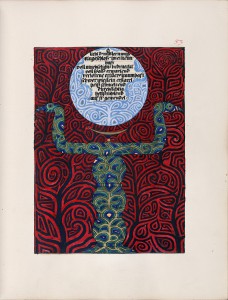 Jung on Alchemy – At the end of Mysterium Coniunctionis, Carl Jung sums up the meaning of alchemy:
Jung on Alchemy – At the end of Mysterium Coniunctionis, Carl Jung sums up the meaning of alchemy:
